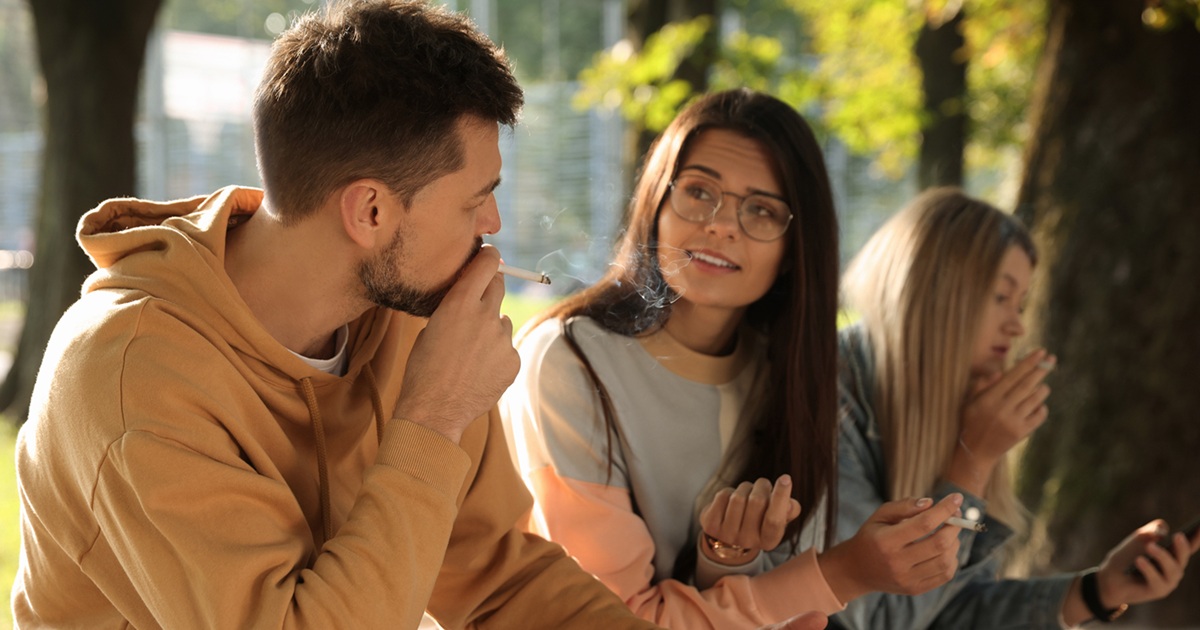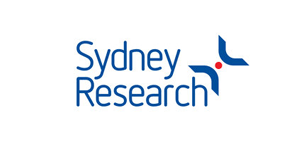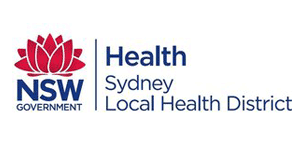The Woolcock Institute of Medical Research

Illegal tobacco and vapes
With the rise of illegal tobacco in Australia, young people are smoking more.
Cheap, illegal tobacco available in the same places young people source cheap, imported vapes is also spawning a whole new generation of smokers, says Distinguished Professor Brian Oliver.
“What I hear from young people is that they’re switching to cigarettes as a way to quit vapes and it’s counterfeit cigarettes that they’re smoking,” he says.
“Vaping is convenient, young people like the taste and if you’re sitting at home bored or at your desk studying, you can find yourself just taking drag after drag. Recent studies on vape usage have found some people are having the equivalent of 200 cigarettes in a day.”
Professor Oliver says the availability of vapes and the amount of nicotine in them has made young people super-addicted and cigarettes are the next-most efficient nicotine delivery device.
“Most young people don't like the smell of cigarettes, they don't like the taste of cigarettes but they’re getting enough nicotine from cigarettes to satisfy the nicotine addiction they developed with vapes. The trouble is then they become accustomed to smoking and they keep doing it. It’s creating a huge problem. These are people who never would have started smoking suddenly becoming a new generation of smokers. They’re often dual users – of vapes and cigarettes.”
While this is anecdotal, global data has shown increasing rates of smoking in young people worldwide since the introduction of vapes. A recent international analysis found that smoking among adolescents aged 13–15 increased in 63 countries, despite overall declines in adult smoking. Currently, around six percent of teenagers in this age group smoke cigarettes, according to the World Health Organization.
Want to stay up to date with our research on sleep and respiratory conditions?
Sign up to our quarterly newsletter
Their alternative – cheap, illegal tobacco – is compounding the problem. In the past, Australian smokers could buy “chop-chop,” unregulated loose leaf tobacco for roll-your-own cigarettes. Today, counterfeit “tailor-made” cigarettes are widespread and the trade is thriving. For consumers, the attraction is cost: illegal cigarettes can be far cheaper than their taxed, regulated counterparts.
But the health risks are profound. Unlike big tobacco companies — which, despite their history, have strict quality control and can be held accountable — illegal producers face no accountability. Counterfeit cigarettes may be:
- Grown on contaminated land, exposing smokers to heavy metals such as lead, arsenic, other heavy metals or even asbestos absorbed into the leaves.
- Exposed to air pollution, with toxins from industrial smog and vehicle emissions settling into the soil and ultimately into the tobacco itself.
- Dried improperly, often left in fields or sheds without safeguards, leading to fungal contamination that can trigger respiratory infections and long-term lung disease.
- Made from the wrong plant species, which may alter the chemical profile and introduce new, unstudied risks.
- Mixed with cheap additives or flavourings, with inconsistent recipes from one batch to the next, meaning smokers never know exactly what they are inhaling.
“Almost everything about the composition of counterfeit tobacco products is uncertain,” says Professor Oliver. “What you have is unknown contaminants, unknown potency, unknown processes, unknown quality, unknown provenance. And people assuming that there's no greater risk than they would have with the locally-sourced product.”
“Whether it’s a counterfeit cigarette or a counterfeit vape, you've got no idea really what it is. The one thing that I can probably guarantee you in both situations, is there's some nicotine in there because that’s the addictive part. The potential for what’s in there otherwise and for what could go wrong is huge.”
“Every time you introduce a toxin into your body, the risk of developing future disease goes up exponentially. And there’s no way of producing hard data on illegal tobacco or vapes because there’s no consistency of product and no way we can study their long-term effects – yet.”
“On a very simplistic level, we know it's going to make things worse – the risk may be increase two, three, four, tenfold. Who knows?”










